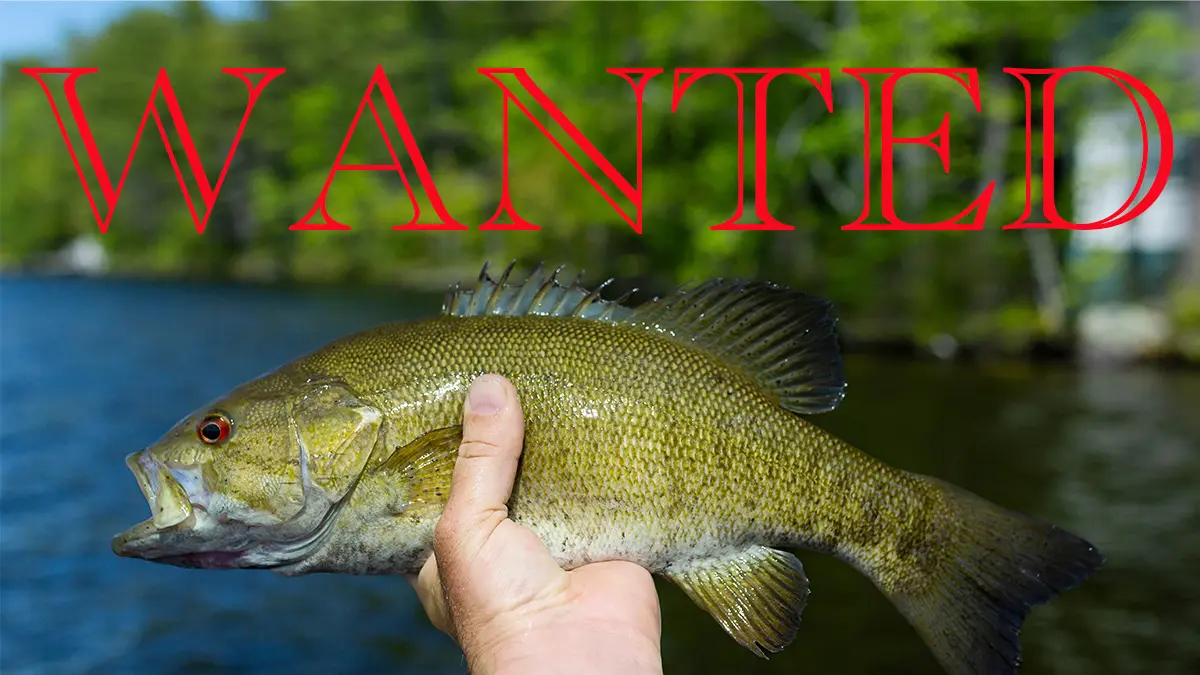Yeah, you read that right. Anglers fishing in three different areas of Nova Scotia can be fined up to $500,000 for tossing back a smallmouth bass. The same goes for chain pickerel in a certain watershed.
STEEP FINES FOR RELEASING FISH
Smallmouth bass were introduced to Nova Scotia legally in the 1940s to provide additional angling opportunities to waters adversely affected by dams and rising water temperatures due to the loss of overhead cover from logging. Since that time, they have moved out of the waters they were originally introduced to and are competing with native coldwater species such as salmon and trout. This has become an even bigger problem recently, as lower water levels in some rivers have concentrated the fish, and the smallmouth have been eating trout and salmon fry and parr.
To help combat this, the Nova Scotia Department of Fisheries and Aquaculture has implemented a mandatory catch-and-kill order for smallmouth bass in the Margaree River watershed. This includes Lake Ainslie in Inverness County and part of the LaHave River in Lunenburg County. Anglers that catch a smallmouth bass in those areas must kill the fish and retain it. Failure to do so can result in a $100,000 fine for a first offense and up to a $500,000 for a second offense, with the possibility of two years’ jail time.
Chain pickerel are also a problem in the province. Introduced illegally in the 1940s, they have done damage to native fish populations since then. Control measures have been made in the past, though the area subject to the new regulations have not had such efforts in recent history. Anglers fishing the East River in Pictou County must also euthanize any chain pickerel caught, or face the same $100,000/$500,000 fine schedule, including possible jail time.
Officers with both the provincial and federal departments will enforce the rule, though they note enforcement will be difficult. Fisheries officials will use historic and future survey data to measure efficacy of the order.
FAMILIAR INVASIVES
It’s hard to think of smallmouth bass as invasive, but in some watersheds they are. One that comes to mind is the trout waters of northern Maine. Many of these rivers were only home to Atlantic salmon and brook trout, but smallmouth made their way in through so-called “bucket biologists” that introduced them illegally. This caused harm to many fisheries, and officials placed mandatory catch-and-kill orders on the smallmouth. One such trophy brook trout fishery is the only place I’ve ever had a shore lunch of smallmouth, as I had to kill them anyway. I’ll stick to perch, but they weren’t bad cooked on that old cast iron skillet.
Largemouth can also be invasive. I had to monitor a number of small kettle ponds for two state-endangered species when I was working in freshwater fisheries, the banded sunfish and tiger salamander. Largemouth bass were introduced at some point, and they ate up the small sunfish with regularity. The head biologist called largemouths “grounders” as he would toss them onto the ground unceremoniously whenever they were caught in our sampling nets or during electrofishing excursions.
Don’t put fish where they don’t belong. It can cause lots of issues. And if you happen to make it up to Nova Scotia, try to help them out by catching a few smallies.












